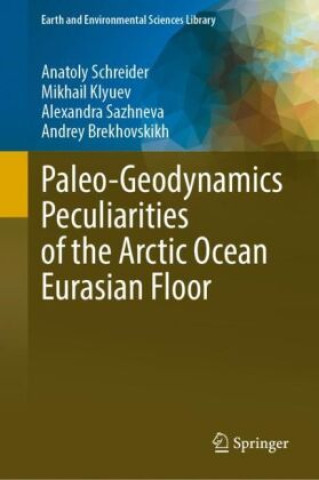
Kód: 44743716
Paleo-Geodynamics Peculiarities of the Arctic Ocean Eurasian Floor
Autor Anatoly Schreider, Mikhail Klyuev, Alexandra Sazhneva, Andrey Brekhovskikh
The book deals with some issues of paleo-geodynamics of the Eurasian floor of the Arctic Ocean.A comprehensive geological and geophysical analysis of information on the anomalous magnetic field in the Eurasian Basin was carried ou ... celý popis
- Jazyk:
 Angličtina
Angličtina - Vazba: Pevná
- ISBN-13: 9783031547973
Nakladatelství: Springer, Berlin, 2024
- Více informací o knize

4203 Kč

Skladem u dodavatele v malém množství
Odesíláme za 10-14 dnů
Potřebujete více kusů?Máte-li zájem o více kusů, prověřte, prosím, nejprve dostupnost titulu na naši zákaznické podpoře.
Přidat mezi přání
Mohlo by se vám také líbit
Dárkový poukaz: Radost zaručena
- Darujte poukaz v libovolné hodnotě a my se postaráme o zbytek.
- Poukaz se vztahuje na celou naši nabídku.
- Elektronický poukaz vytisknete z e-mailu a můžete ihned darovat.
- Platnost poukazu je 12 měsíců od data vystavení.
Více informací o knize Paleo-Geodynamics Peculiarities of the Arctic Ocean Eurasian Floor
Nákupem získáte 420 bodů
 Anotace knihy
Anotace knihy
The book deals with some issues of paleo-geodynamics of the Eurasian floor of the Arctic Ocean.A comprehensive geological and geophysical analysis of information on the anomalous magnetic field in the Eurasian Basin was carried out using modeling of the inversion magnetically active layer of the oceanic crust. As a result of this analysis, the identification and spatial position of linear paleo-magnetic anomalies were refined, which made it possible to significantly update the geochronology of the bottom of the Eurasian Basin and identify a number of stages in its evolution.On this basis, the features and stages of the kinematics of the development of the bottom of the Eurasian Basin in the past were revealed.At the first Cretaceous-Paleogene stage, prior to the formation of the A26 paleo-anomaly on the Eurasian margin, extension processes developed significantly and turned into rifting. In the process of rifting, weakened zones and related fractures were formed, along which the Siberian continental margin began to be torn off about 60 Ma ago with the formation of the Lomonosov Ridge.At the second stage of evolution, rifting turned into spreading, and the growth rate of the new oceanic crust in the A26-A24 paleo-anomaly interval (59-53 Ma ago) was more than 2.5 cm/yr. At the same time, the northern flank of the Mid-Arctic Ridge grew more intensively than the southern one.The third stage was characterized by a further progressive slowdown in the process of bottom spreading, the minimum of which, with spreading rates of about 1 cm/year, fell on the formation of paleo-anomalies A13-A6 (30-20 million years ago).The fourth stage of growth of the new oceanic crust began later than the time of the A6 paleo-anomaly and is characterized by some intensification of growth at rates up to 1.2 cm/yr. The average rate of bottom growth over an interval of almost 60 Ma turned out to be close to 1.3 cm/yr, which makes it possible to classify the Mid-Arctic Ridge as a slow-growing one.On this basis, kinematic models of the development of bottom configurations were developed with the determination of the Euler poles, rotation angles, asymmetries, axes of spallation and paleo-bathymetry for the Eurasian Basin, the Polar part of the Lomonosov Ridge, the splitting of the Arlis Spura from the Lomonosov Ridge, the development of the Gakkel Ridge and the development of the Greenland region of the bottom.
 Parametry knihy
Parametry knihy
Zařazení knihy Knihy v angličtině Earth sciences, geography, environment, planning Earth sciences Hydrology & the hydrosphere
4203 Kč
- Plný název: Paleo-Geodynamics Peculiarities of the Arctic Ocean Eurasian Floor
- Autor: Anatoly Schreider, Mikhail Klyuev, Alexandra Sazhneva, Andrey Brekhovskikh
- Jazyk:
 Angličtina
Angličtina - Vazba: Pevná
- EAN: 9783031547973
- ID: 44743716
- Nakladatelství: Springer, Berlin
- Rozměry: 235 × 155 mm
- Datum vydání: 30. April 2024
Oblíbené z jiného soudku
-

Oceanology
912 Kč -

Oceans of Kansas, Second Edition
991 Kč -

Ocean Animals Sticker Activity Book
159 Kč -
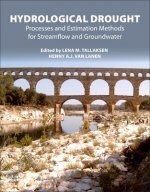
Hydrological Drought
4915 Kč -
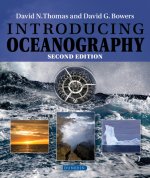
Introducing Oceanography
473 Kč -

Lakes: A Very Short Introduction
208 Kč -

Under the Sea-Wind
382 Kč -
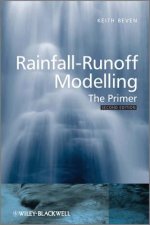
Rainfall-Runoff Modelling - The Primer 2e
2779 Kč -

Attacking Ocean
579 Kč -
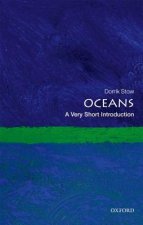
Oceans: A Very Short Introduction
233 Kč -

World Is Blue
320 Kč -

Middle Sea
437 Kč -
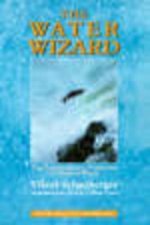
Water Wizard
880 Kč -

Log from the Sea of Cortez
433 Kč -
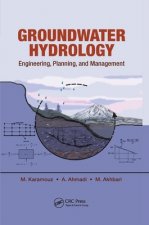
Groundwater Hydrology
2239 Kč -

Industrial Wastewater Treatment
4463 Kč -
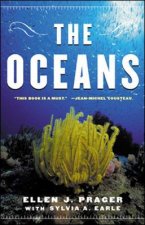
Oceans
638 Kč -

Alien Ocean
1010 Kč -
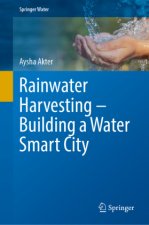
Rainwater Harvesting-Building a Water Smart City
4203 Kč -

Atlantic
383 Kč -
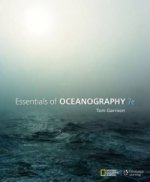
Essentials of Oceanography
2922 Kč -
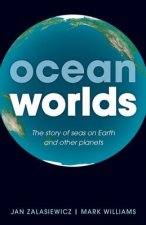
Ocean Worlds
322 Kč -

Atchafalaya River Basin
910 Kč -

Principles of Snow Hydrology
1623 Kč -
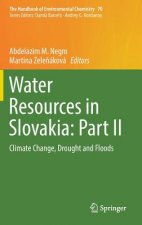
Water Resources in Slovakia: Part II
7843 Kč -

Water
429 Kč -

Our Changing Planet
1388 Kč -

Applied Hydrogeology
2372 Kč -

Advanced Dam Engineering for Design, Construction, and Rehabilitation
5762 Kč -
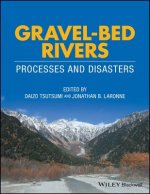
Gravel-Bed Rivers - Processes and Disasters
5336 Kč -
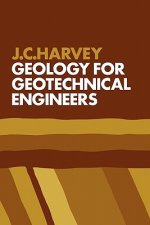
Geology for Geotechnical Engineers
1226 Kč -
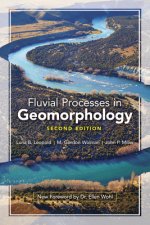
Fluvial Processes in Geomorphology: Seco
849 Kč -

Water Treatment for Purification from Cyanobacteria and Cyanotoxins
4253 Kč -
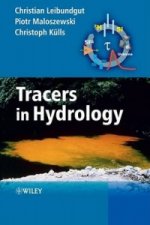
Tracers in Hydrology
3063 Kč -
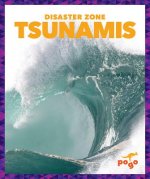
Tsunamis
266 Kč -
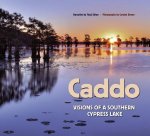
Caddo
816 Kč -
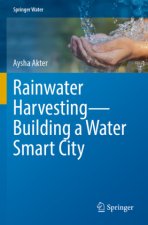
Rainwater Harvesting-Building a Water Smart City
4116 Kč -

Mapping the Deep
532 Kč -

Ocean Surface Waves: Their Physics And Prediction (2nd Edition)
2371 Kč -

How the Ocean Works
2051 Kč -

Introduction to Physical Oceanography
3163 Kč -

Sea is Not Made of Water
472 Kč -
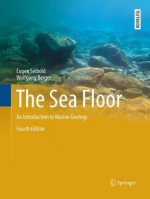
Sea Floor
1742 Kč -
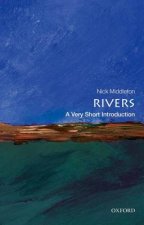
Rivers: A Very Short Introduction
266 Kč -

Book of Tides
721 Kč -
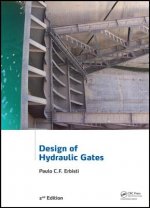
Design of Hydraulic Gates
9147 Kč -
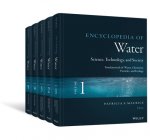
Encyclopedia of Water
37668 Kč -

Offshore Structures
2643 Kč -

Sea Ice Biota
6771 Kč
Osobní odběr Praha, Brno a 12903 dalších
Copyright ©2008-24 nejlevnejsi-knihy.cz Všechna práva vyhrazenaSoukromíCookies




 Vrácení do měsíce
Vrácení do měsíce 571 999 099 (8-15.30h)
571 999 099 (8-15.30h)